Vikebotten
In Vikebotten, just south of Årjäng in western Värmland (county), Birger Furugård was born in December 1887. He had four brothers and a sister and his father was county police and his mother was a housewife. The family lived in poor economic conditions, but the children had a decent childhood in the Swedish countryside. He studied commerce in Germany and at Lund University, but without graduating. Instead, he graduated as a veterinary in 1918. During his years of study, he came into contact with socialist and nationalist movements flirting with racist and nationalist ideas that began to spread in all forms of society. This was something that Birger (and his brothers Sigurd and Gunnar) began to embrace and sought out.
During the twenties, he came into contact with the German National Socialist Party and its charismatic leader, Adolf Hitler, whose fanatical, racist and uncompromising ideas Birger found attractive. In addition to Hitler, Birger was also attracted to Dietrich Eckart and Professor Hans F.K. Günther whose texts were marked by strong nationalist ideas woven together by a pronounced racism about the superiority of the Aryan human.
Back in Sweden, Birger together with two of his brothers, Gunnar and Sigurd, formed the first Swedish Nazi Party in 1924 called the Swedish National Socialist Freedom Association (SNSF). It was a mixture of various personalities but with the common denominator that they all had the German Nazi Party as a model. No natural leader was appointed, but Birger was the one who took on the role of party leader.
Birger had mail correspondence with leading Nazis in Germany and traveled there several times and met, not only Hitler, but also Himmler, Goering and Goebbels. The party underwent several name changes in the twenties before changing its name to the Swedish National Socialist Party (SNSP) in 1930. This was then a merger of other Nazi parties that flourished around but without reaching any major electoral success. A merger could hopefully change that. The leader of the SNSP was Birger and the party magazine was called, Our Struggle.
Birger was a decent speaker, good storyteller, humorous, bushy, but because of his broad dialect was not always easy to make himself understood outside Värmland. Like its German counterpart, Birger toured extensively, mainly in central Sweden, but also in Skåne and Norrland. But the political successes did not materialize and the party was characterized by internal strife that eventually weakened the party. To make things worse, Birger was suspected of corruption, had private financial problems, found of alcohol. All in all, this meant that other leading party members within the party broke with the SNSP and formed their own parties.
Already in 1922, Birger had opened a veterinary clinic in Molkom, Värmland, about thirty kilometres north of Karlstad. But it’s his time in the village of Deje that made him known as ”Deje-Hitler”. In 1928, he received a government service as a district veterinarian in Deje, where he was given a large villa in central Deje, called the veterinary villa. He moved there with his wife Bertha, but the villa did not just become a service residence, but became as much a gathering point for party comrades who often came and visited him to discuss party matters or just hang out. Like-minded people were always welcomed at Furugård’s villa. For Birger, politics was more important than his work, and was often absent from work, which led to the medical board more than once giving Birger several warnings for neglect in the service.
By reorganizing his position as a district veterinarian in 1933, Birger was expected to move to Molkom where he also, albeit somewhat reluctantly, moved in 1934 and left Deje. SNSP was at its largest in the mid-thirties with about 10,000 members but the party never reached any political success. Birger probably gained a greater reputation in Germany. The party invested heavily in the parliamentary elections in 1936, but the election was a fiasco. The consequence was that Birger dissolved the party in the same year and more or less withdrew from politics.
Birger had a daughter (1918-2017) who later moved to Oslo, Norway. He also had an illegitimate daughter (born in 1933). After the war, Birger continued to work as a veterinarian in Molkom until 1950. He had a faltering health and suffered from diabetes and tuberculosis, which led to him being forced into hospitalizations more than once. He never renounced his Nazi ideas, but remained faithful to them until his death in 1961. He was buried in the family grave at Silbodal cemetery in Årjäng. His wife Berta died in 1966 and was also buried in the family grave.
Current status: Preserved (2022).
Location: 59°20'44.00"N 12°05'28.51"E
Get there: Car.
Follow up in books: Gilmour, John: Sweden, the Swastika and Stalin - The Swedish Experience in the Second World War (2011).
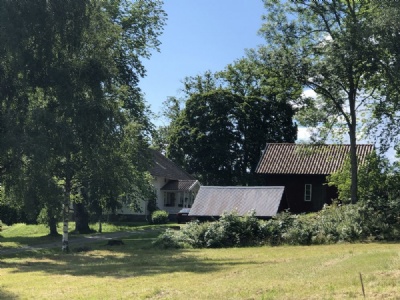
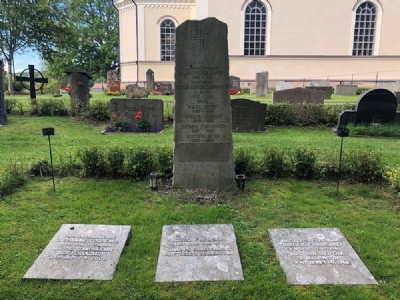
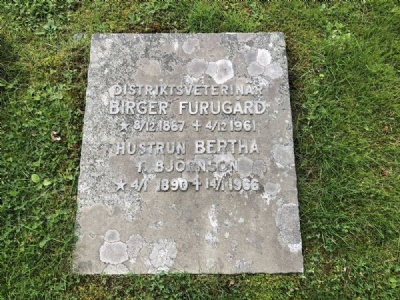
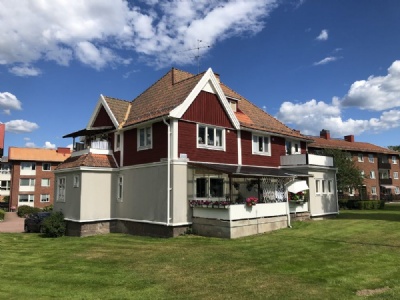
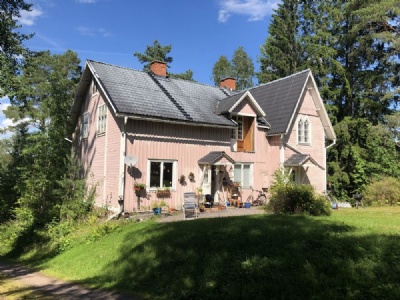
Furugård’s childhood home in Vikebotten remains but is privately owned and can only be seen from distance. The family grave at Silbodal’s cemetery also remains. His day of death, December 4, has become a meeting point for local neo-Nazis who want to honor their source of inspiration. But Furugård has otherwise no high status among Swedish neo-Nazis, he is seen as quite unsuccessful but still the first Swedish Nazi leader. The veterinary villa in Deje remains and there are probably few people in Deje who do not know about ”Deje-Hitler” and the villa. The old Methodist chapel in Molkom where Furugård lived his last years also remains. Both the veterinary villa and the chapel were 2022 residential buildings.